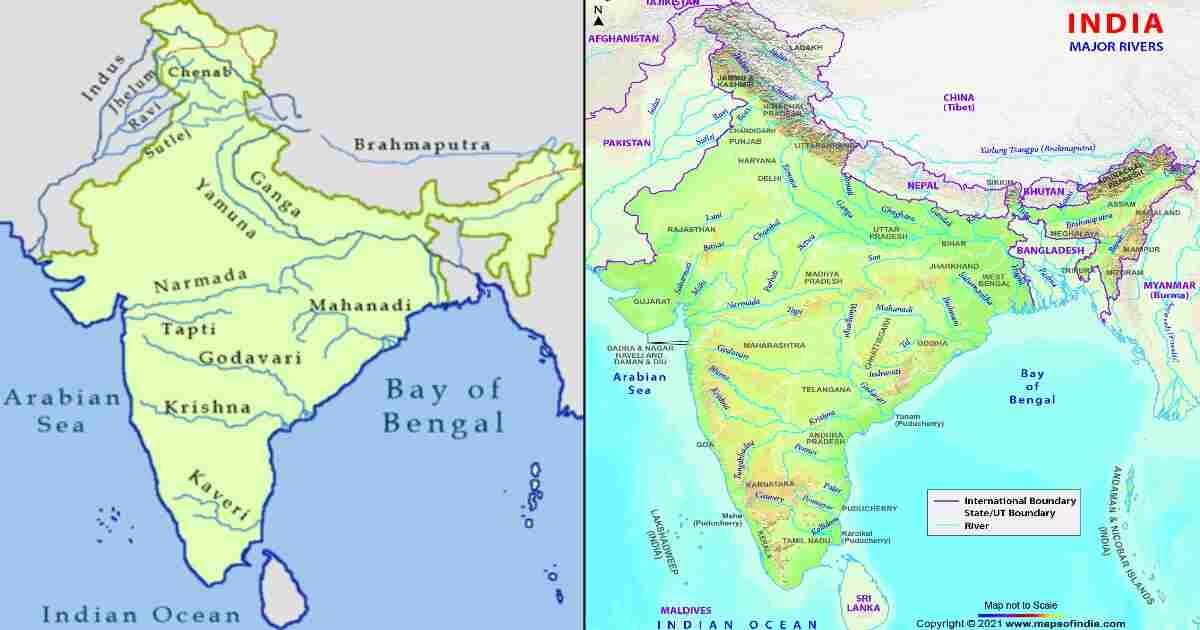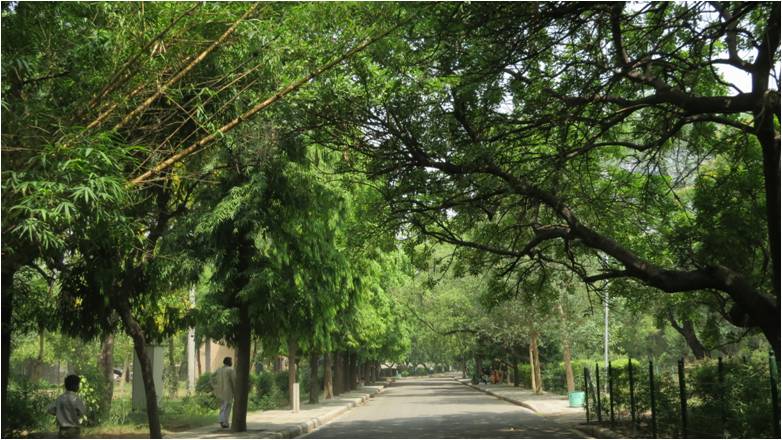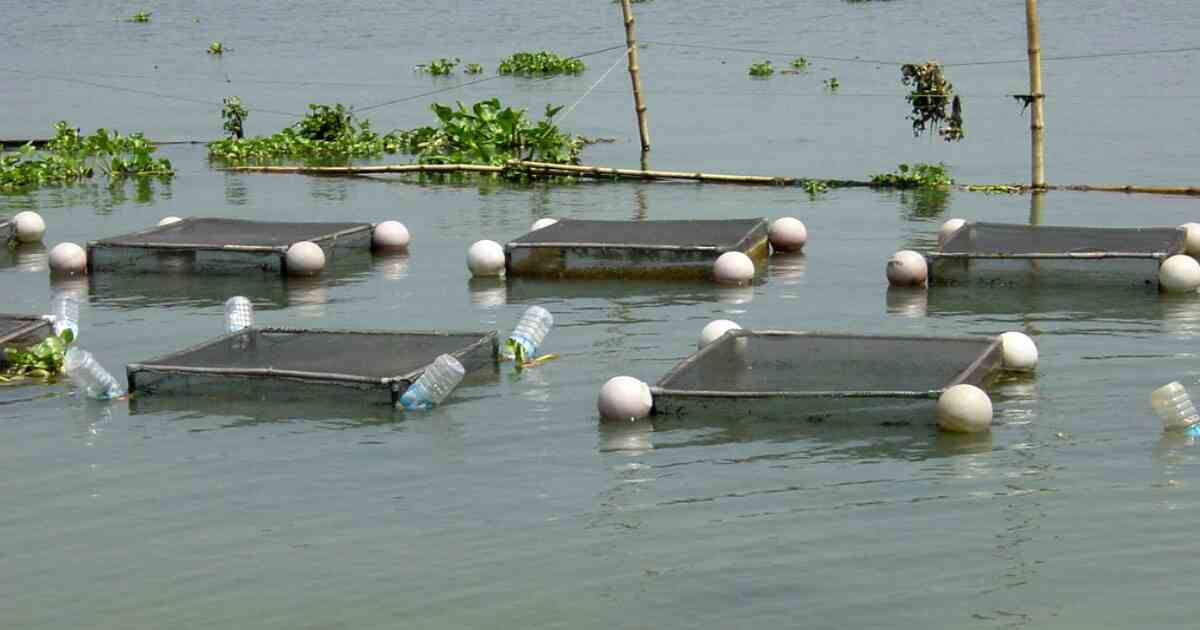Riverine Fisheries of India: India, with its vast network of rivers and water bodies, possesses a significant potential for riverine fisheries. These fisheries play a crucial role in the country’s economy, providing livelihoods to numerous communities and contributing to food security. Riverine fisheries, also known as revering fisheries, are fishing practices conducted in flowing freshwater bodies such as rivers, streams, and creeks. These fisheries are highly dynamic, as they depend on the natural flow of water and the interaction between aquatic species and their environment.This article delves into the diverse aspects of riverine fisheries in India, from the types of fisheries to fishing techniques and conservation efforts.
Importance of Riverine Fisheries
Riverine fisheries hold immense importance in India for several reasons. They contribute significantly to the national fish production, offering a source of income and sustenance to millions of people living along riverbanks and in nearby regions. Furthermore, they promote economic growth, foreign exchange earnings through exports, and provide nutritional support to the population. Riverine fisheries also contribute to the cultural heritage of various communities, shaping their traditional practices and festivals.
Major River Systems in India
India is blessed with several major river systems that support diverse aquatic ecosystems. Some of the prominent rivers include the Ganges, Brahmaputra, Godavari, Krishna, Narmada, and Mahanadi, among others. These rivers and their tributaries provide favorable conditions for the growth and sustenance of various fish species, making them ideal locations for riverine fisheries.
Types of Riverine Fisheries
Capture Fisheries
Capture fisheries involve the extraction of fish from rivers through various methods. Fishermen utilize traditional techniques such as gill nets, cast nets, traps, and hook and line fishing to catch fish. These methods are often practiced in specific areas known for their abundance of particular fish species. Capture fisheries are significant in meeting the demand for fresh fish in local markets and contribute to the overall fish production in the country.
Culture Fisheries
Culture fisheries, also known as aquaculture or fish farming, are an integral part of riverine fisheries. Farmers rear fish in ponds, tanks, and cages situated along the riverbanks. Commonly cultivated species include carp, catfish, tilapia, and shrimp. Culture fisheries not only supplement the natural fish stocks but also provide an additional source of income for farmers. This practice helps to meet the growing demand for fish and reduces the pressure on wild fish populations.
Ornamental Fisheries
Ornamental fisheries involve the breeding and rearing of various ornamental fish species, primarily for the aquarium trade. Several Indian rivers are rich in colorful and exotic fish species, making them ideal for ornamental fish farming. Popular species include guppies, angelfish, tetras, and discus fish. Ornamental fisheries offer employment opportunities and contribute to the global ornamental fish market.
Fishing Techniques
Traditional Methods: Traditional fishing techniques have been practiced for generations and vary based on regional preferences and the target fish species. Some commonly employed traditional methods include gill netting, where a net with small mesh sizes is set across the river to catch fish, and hook and line fishing, which involves using baited hooks attached to a line. Traditional methods often involve a close connection with the environment and require a deep understanding of fish behavior and river dynamics.
Modern Techniques: Modern fishing techniques have gradually gained popularity due to their efficiency and ability to increase fish catch. Some widely used modern techniques include mechanized boats with trawl nets, fish aggregating devices (FADs), and fish finders. These techniques help fishermen cover larger areas and locate fish schools more effectively. However, their use should be regulated to ensure sustainable fishing practices and prevent overexploitation of fish stocks.
Challenges and Conservation Efforts
Riverine fisheries face several challenges that affect their sustainability and the overall health of aquatic ecosystems. Overfishing, pollution, habitat degradation, and climate change pose significant threats. To address these issues, the government and various organizations are implementing conservation measures. These initiatives include promoting sustainable fishing practices, enforcing regulations, creating fish sanctuaries, and raising awareness about the importance of preserving riverine habitats.
Conclusion
Riverine fisheries in India are a vital resource, contributing to the country’s economy, food security, and cultural heritage. With proper management and conservation efforts, these fisheries can continue to thrive and provide sustainable livelihoods for communities along the riverbanks. By embracing esponsible fishing practices and raising awareness about the importance of preserving our aquatic ecosystems, we can ensure the long-term health and prosperity of riverine fisheries.
FAQs (Frequently Asked Questions)
Q: What are the economic benefits of riverine fisheries in India?
A: Riverine fisheries provide significant economic benefits by generating employment opportunities,
contributing to the national GDP, and supporting livelihoods of fishing communities.
Q: Are riverine fisheries sustainable?
A: Ensuring the sustainability of riverine fisheries is crucial. Conservation measures, such as regulating
fishing practices and protecting critical habitats, are essential to maintain healthy fish populations and ecosystems.
Q: Can I start my own riverine fish farm?
A: Yes, you can start your own fish farm by acquiring the necessary knowledge, obtaining the required permits, and setting up suitable infrastructure. Consult local fisheries departments or experts for guidance on getting started.
Read More:
1. Ganga River and Its Fisheries
2. Freshwater Capture Fisheries
3. Miscellaneous Freshwater Carps Fishes







